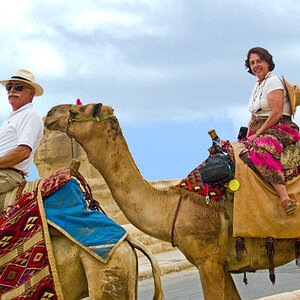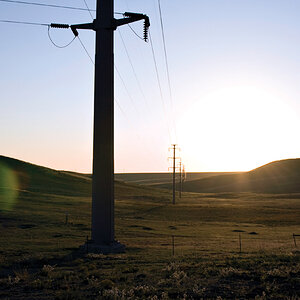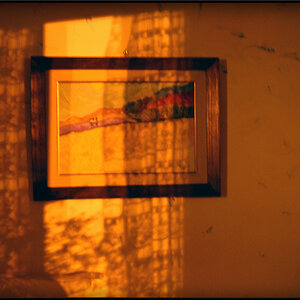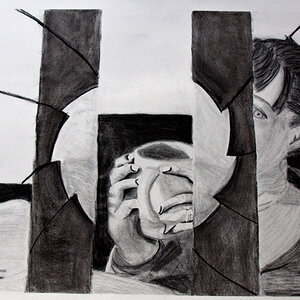- Joined
- Dec 11, 2006
- Messages
- 18,743
- Reaction score
- 8,047
- Location
- Mid-Atlantic US
- Website
- www.lewlortonphoto.com
- Can others edit my Photos
- Photos NOT OK to edit
A lot of the pictures that I've brought back are really slice of life things. Laos isn't much of a place for big, spectacular beauty but from morning to night every day there are little things that point up the difference between their society and ours.
The Lao children (by that I mean all the children one sees, not just the children of the Lao people) are wonderfully cared for with lots of affection from both genders yet, on the other hand, they are left free to roam and grow up in what any Westerner would count as naturally dangerous environs. Anywhere that is plausible, people bring their children with them and their presence is natural.

The other notable part of this picture is the ears of sweet corn. While I have always assumed that corn was a product of the Americas that spread back through Europe after Columbus, seeing the corn so deep in Asia was a shock. Evidently there are early Chinese manuscripts that show corn in China as early as 1505. How is got there is unknown.
In Laos corn is grown in some flat lowland areas where it is a less labor intensive alternative to rice that also requires less water. Corn is grown as a subsistence and money crop on the very steep slopes of the highlands where rice cannot be planted. At least some of that corn seems to be left to dry in bins and then the kernels removed and bagged and the cobs discarded.
It is common to see sweet corn being steamed and then sold in the market place. Not quite the same cultivar as the large kernel varieties sold here on the east coast but, once I got past the experience of people handling my food with bare, unwashed hands, it was fine.
corn bin and discarded cobs

A machine to strip kernels of corn. The nameplate was mostly defaced but I could read enough to see that the machine was made in China.

The Lao children (by that I mean all the children one sees, not just the children of the Lao people) are wonderfully cared for with lots of affection from both genders yet, on the other hand, they are left free to roam and grow up in what any Westerner would count as naturally dangerous environs. Anywhere that is plausible, people bring their children with them and their presence is natural.

The other notable part of this picture is the ears of sweet corn. While I have always assumed that corn was a product of the Americas that spread back through Europe after Columbus, seeing the corn so deep in Asia was a shock. Evidently there are early Chinese manuscripts that show corn in China as early as 1505. How is got there is unknown.
In Laos corn is grown in some flat lowland areas where it is a less labor intensive alternative to rice that also requires less water. Corn is grown as a subsistence and money crop on the very steep slopes of the highlands where rice cannot be planted. At least some of that corn seems to be left to dry in bins and then the kernels removed and bagged and the cobs discarded.
It is common to see sweet corn being steamed and then sold in the market place. Not quite the same cultivar as the large kernel varieties sold here on the east coast but, once I got past the experience of people handling my food with bare, unwashed hands, it was fine.
corn bin and discarded cobs
A machine to strip kernels of corn. The nameplate was mostly defaced but I could read enough to see that the machine was made in China.
Last edited:










![[No title]](/data/xfmg/thumbnail/42/42453-e95056d39ba6f0ce0e7a7fff81041853.jpg?1619740190)


